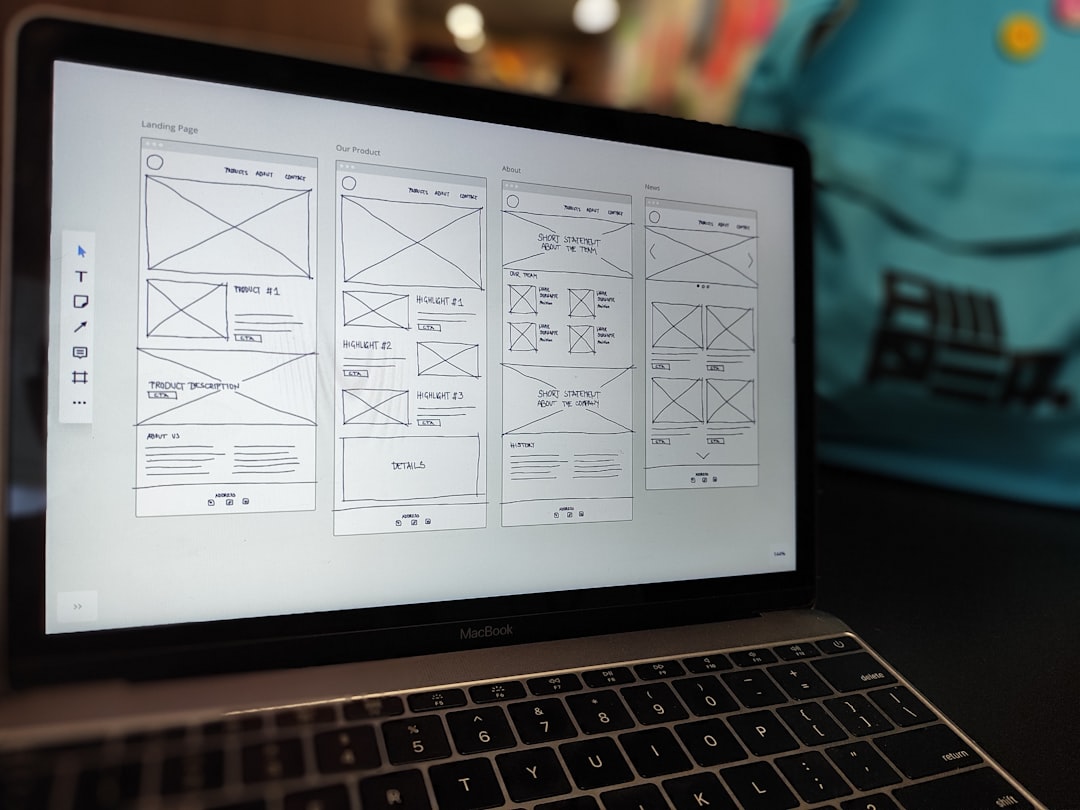Understanding Legal Design Thinking
The legal world can feel about as user-friendly as a medieval manuscript. For someone with a legal education background but a current tech career, like myself, this disconnect is even starker. We've grown accustomed to intuitive interfaces, clear communication, and a focus on user experience (UX) in everything we do. The legal field, however, often feels stuck in a different era.
This is where Legal Design Thinking (LDT) comes in as a beacon of hope. It's the exciting application of design thinking principles – the human-centered approach that revolutionized tech – to the world of law.
What is Legal Design Thinking?
Think of LDT as a bridge between the complex legalese and the needs of the everyday person. It's about redesigning legal systems, documents, and services to be more user-centric, clear, and ultimately, more accessible.
Imagine legal documents that are easy to understand, with visuals and clear language. Think of streamlined processes that guide users through complex legal situations without getting lost in legalese. This is the power of LDT.
Why Should We Care?
As someone who straddles the tech and legal worlds, I see the immense potential of LDT. Here's why it matters:
- Increased Access to Justice: LDT can empower people to navigate legal issues on their own, reducing dependence on expensive lawyers. This is especially crucial for underserved communities.
- Improved Client Experience: Clearer communication and user-friendly processes make legal interactions less stressful and more efficient for everyone involved.
- Innovation in Legal Services: LDT encourages a culture of experimentation, leading to the development of new legal tools and technologies – think user-friendly legal chatbots or interactive legal guides.
Isn't This Just Common Sense?
For those of us in tech, the concepts of user experience and clear communication might seem like common sense. But in the traditional legal world, it can be a revolutionary approach. Lawyers might be concerned that LDT undermines the importance of legal expertise. However, LDT doesn't aim to replace lawyers; it aims to empower them to better serve their clients.
The Future of Law is User-Friendly
The legal field is slowly but surely embracing the power of LDT. There's a growing movement of legal design professionals, and organizations like Stanford's CodeX are making significant strides in this area.
As someone who values both the precision of law and the intuitiveness of tech, I'm excited about the future of LDT. It has the potential to make the legal system less like a labyrinth and more like your favorite app – clear, accessible, and empowering.
ABOUT ME
I'm Juliet Edjere, a no-code professional focused on automation, product development, and building scalable solutions with no coding knowledge.
Learn from practical examples and explore the possibilities of no-code, AI and automation. We'll navigate the tools, platforms, and strategies, one article at a time!
Visit my website → built with Carrd


